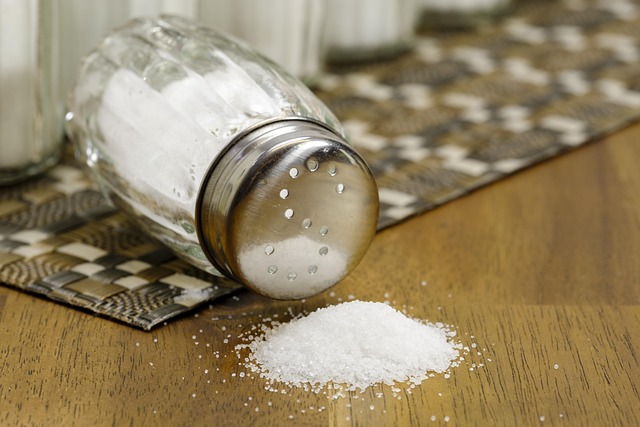In a significant move aimed at curbing the global burden of cardiovascular disease, the World Health Organization (WHO) has officially recommended the use of lower-sodium salt substitutes. With salt overconsumption contributing to millions of deaths worldwide each year due to high blood pressure and heart-related issues, this guidance marks a critical step in reshaping how we think about dietary salt.
Why Is Sodium Intake a Problem?
Most people consume far more sodium than the WHO’s recommended limit of 2,000 mg per day (about 5 grams of salt). High sodium intake is directly linked to
-
Hypertension (high blood pressure)
-
Heart disease
-
Stroke
-
Kidney disease
Excess sodium doesn’t just come from table salt—it’s hidden in processed foods, snacks, sauces, and restaurant meals. As a result, even those who avoid the salt shaker may still be consuming harmful levels.
What Are Lower-Sodium Salt Substitutes?
Lower-sodium salt substitutes are alternatives to regular salt, where a portion of sodium chloride is replaced with other minerals, typically potassium chloride or magnesium salts. These substitutes offer a similar taste and function in cooking while reducing overall sodium intake.
Health Benefits
-
Lowers Blood Pressure Potassium helps balance sodium levels in the body.
-
Reduces Risk of Cardiovascular Events Studies show significant reductions in heart attack and stroke risk.
-
Improves Nutrient Intake Most diets are deficient in potassium; salt substitutes help close that gap.
WHO’s Key Recommendations
-
Promote Substitutes in Processed Foods
The WHO urges food manufacturers to reformulate products using lower-sodium alternatives to reduce sodium levels on a broad scale. -
Raise Public Awareness
Education campaigns are essential to encourage individuals to make informed choices about salt and its health impact. -
Encourage Government Policy Support
WHO recommends that national health agencies implement policies to improve accessibility, labeling, and regulation of salt substitutes.
How to Start Using Lower-Sodium Salt Substitutes at Home
Making the switch is easier than you might think
-
Look for potassium-based salts at the grocery store, often labelled as “lite salt” or “salt substitutes.”
-
Use herbs and spices like garlic, lemon, chili, and rosemary to enhance flavor without relying on salt.
-
Cook more at home, where you control the sodium content.
-
Read labels and choose lower-sodium versions of packaged foods.
⚠️ Note People with kidney disease or on potassium-regulating medications should consult a healthcare provider before using potassium-based salt substitutes.
A Small Switch With a Big Impact
The WHO’s recommendation for lower-sodium salt substitutes is a reminder that small, smart dietary changes can make a huge difference in public health. By reducing sodium and increasing potassium intake, we can help prevent millions of deaths from cardiovascular disease each year.
Whether you’re cooking at home or choosing packaged foods, opting for salt substitutes is a simple yet powerful step toward a healthier heart and a longer life.


